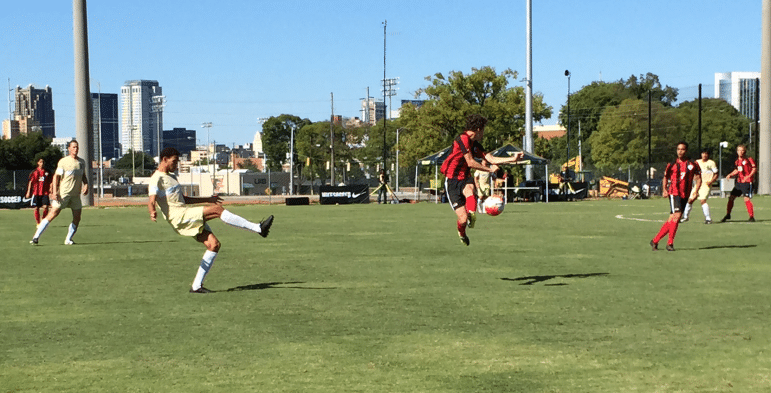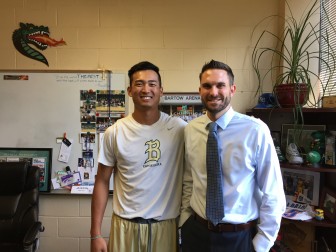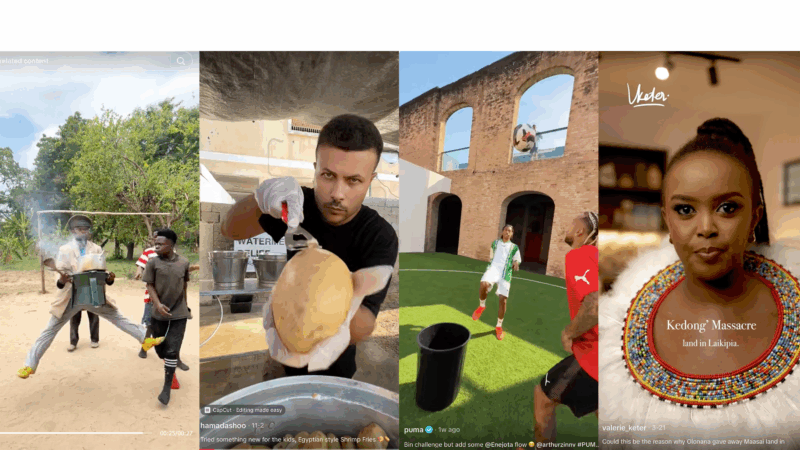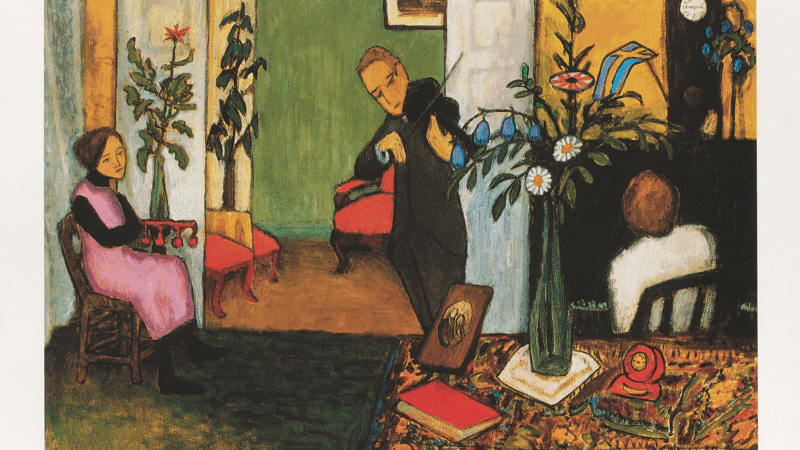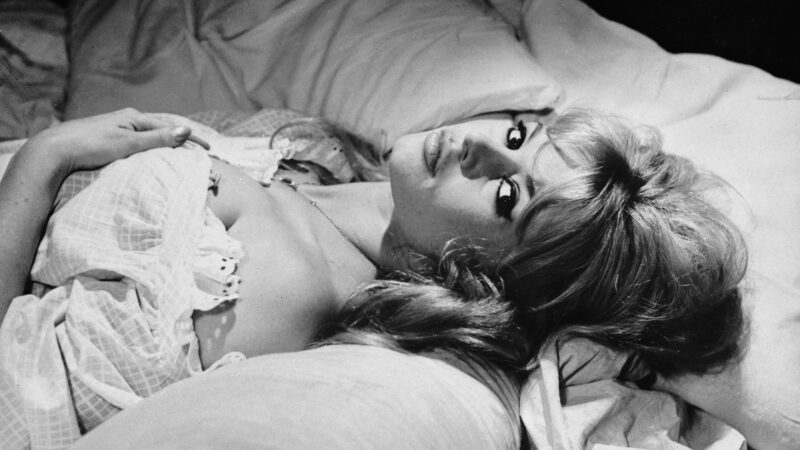College Athletes Talk Tensions Between Sports and Academics
Across the South, college football is in full swing. But football is just one of dozens of NCAA sports. In any season, student-athletes are pushing themselves on the field, in the gym, and in the classroom. They get scholarships and generate billions of dollars, but they also get hurt and struggle with their studies on top of what’s basically a demanding, full-time job. In Part One of the Southern Education Desk series “All in the Game,” WBHM’s Dan Carsen looks at tensions between sports and academics through the eyes of the athletes themselves. Listen above or read below.
We’re up close and personal with the “other football” — a men’s soccer game at the University of Alabama at Birmingham. You can hear the ball blasting off feet, knees and heads as fit athletes fly around the field and intense coaches bark at their players and the referee.
In a place where American football dominates, it bears mentioning that about 85 percent of NCAA athletes play other sports, and that the majority playing any sport lead lives less glamorous than some fans assume.
“There’s a lot that goes into it that a lot of the people don’t see when we’re just playing,” says Angelica Jimenez, one of the best college goalies in the nation. She’s sitting in the bleachers with crutches and a cast over the ankle ligaments she tore in practice. Before tossing a little trash-talk at the visiting team, the senior describes tradeoffs.
“After an all-nighter I’m deadzo, but you just gotta grind it out … you’ve just really got to stay disciplined. Sometimes there’s that ‘triangle’ where you decide, like, social life, doing well at your sport, or doing well academically. And sometimes you’ve got to pick two out of the three.”
UAB baseball player Holt Davis knows all about it. He was a top student in high school, but his first-semester GPA was a parent-disappointing 2.35:
“I don’t think I was quite mentally prepared for it,” he says. “We get up four days a week at 5 a.m. to go lift. And we’re going straight through the day, a lot of us until our night class ends at 7:30. You’re kind of mentally starting to check out during that last class.”
And those demands certainly don’t decrease in big-time programs. Kim Durand, immediate past president of the National Association of Academic Advisors for Athletics, or N4A, points to a tug-of-war between sports revenue and athlete welfare.
“We’re a multi-million-dollar business that’s smack-dab in the middle of institutions of higher education,” she says. “And those cultures or those demands come into conflict with each other. A lot of times the decisions made don’t take into account the real life of the student-athlete.”
TV contracts that have players flying around the country mid-week, missing classes, and getting home late are one example. But athletes including Davis and Jimenez say caring coaches and academic support can help. On that sports/grades/social life “triangle” Jimenez mentioned, she says she’s managed to keep her grades and athletic performance up, and, “for the most part I’ve gotten like two-and-a-half, so I’ll take it.”
Davis, academically a senior but athletically a red-shirt sophomore first-baseman, remembers. “For me, that was tough my freshman year. My GPA I think reflected that my first semester, and thank goodness I made an adjustment in the spring.” He laughs and adds, “I think my parents appreciated that too.”
Now his GPA typically hovers around 4.0. He credits advisors making him a comprehensive study schedule that included tutoring and taught him he could actually get a lot of work done in a 15-minute time block. That kind of support is one reason athletes’ graduation rates tend to be slightly higher than student-body averages.
At UAB, Assistant Athletic Director Justin Mackey helps make those stats and stories possible. His job is basically to help athletes develop off the field, academically and personally.
“It’s always important to me to see them earn a collegiate degree,” he says. “Also, just the well-rounded human being part of it: when I look at the things we get to go do in the community, with Children’s of Alabama, and Ronald McDonald House, the local elementaries, that’s really the part that continues to drive me.”
Back at the soccer game, loudspeakers blare T-shirt offers and upbeat music. It’d be easy to forget that behind all the excitement, the long, fatiguing hours and juggling acts continue. But just a short walk from the game, over by the batting cages, you’re reminded as balls clink, over and over, off the bat of a lone athlete on a Sunday evening as the sun goes down.
‘Bomb cyclone’ forecasted to bring heavy snow, blizzard conditions and dangerous travel
A 'bomb cyclone' is intensifying severe winter weather for millions of people across the U.S. The system is expected to knock out power and disrupt holiday travel.
Russia sends 3 Iranian satellites into orbit, report says
The report said that a Russian rocket sent the satellites on Sunday from a launchpad in eastern Russia.
Viral global TikToks: A twist on soccer, Tanzania’s Charlie Chaplin, hope in Gaza
TikToks are everywhere (well, except countries like Australia and India, where they've been banned.) We talk to the creators of some of the year's most popular reels from the Global South.
This painting is missing. Do you have it?
An important work from a rediscovered artist has been absent from public view since the 1970s. A New York curator is hunting for it.
Memory loss: As AI gobbles up chips, prices for devices may rise
Demand for memory chips currently exceeds supply and there's very little chance of that changing any time soon. More chips for AI means less available for other products such as computers and phones and that could drive up those prices too.
Brigitte Bardot, sex goddess of cinema, has died
Legendary screen siren and animal rights activist Brigitte Bardot has died at age 91. The alluring former model starred in numerous movies, often playing the highly sexualized love interest.

